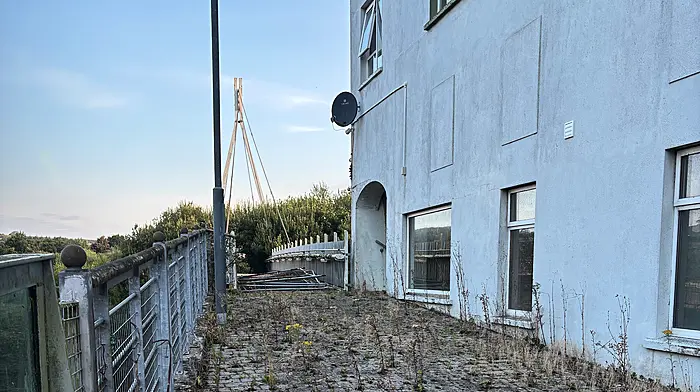Wildlifewith an amateur observer
The temptation in the Garden of Eden is re-enacted daily on my walk at this time of the year. A apple-laden bough hangs over the road that I walk on and it takes all my willpower to resist picking those red globes of ripe goodness. There is truly nothing more delicious than forbidden fruit and this has resulted in generations of children scrumping (or scrabbing) their neighbours’ apples.
Uses
The apple tree features in early Irish law as one of the Nobles of the Wood for the value of ‘its fruit and its bark’. The fine for a removal of a neighbour’s apple tree was two and a half milch cows while a single branch cutting resulted in a fine of a year-old heifer. These hefty penalties show how this tree was highly valued in ancient Ireland.
Apples have been an important food source in Ireland since these early times. They were used as a fruit and also for making cider while the bark was used to dye wool yellow.
Apples are synonymous with jam making. They have a high level of pectin, the vegetarian’s choice of gelling agent, so they are often added to other fruits to make jam. Crab apples are particularly useful and are also used with green tomatoes to make chutneys and jellies.
An old method of ripening tomatoes was to add an apple to the bag. Apples naturally release a plant hormone called ethylene which enables this process.
Stem cells from a rare Swiss variety of apple have been used to reduce the appearance of wrinkles and rejuvenate human skin growth. Researchers are also examining its use in potentially preventing some cancers and vascular disease. There may be something behind the old adage of ‘an apple a day’ being beneficial for health.
Origins
It was once believed that the domestic fruit owed its origin to the crab apple, either as an ancestor or as a contributor to the lineage. However, recent DNA studies by a distinguished Oxford botanist, Barrie Juniper, have proved this assumption incorrect.
The ancestor of all domestic apple trees originated in the Tian Shen mountains, on the borders of China and Kazakhstan. The name of the capital city of Kazakhstan, Almaty, means ‘city of apples’. The ancient wild orchards that still grow near this city are in line for recognition as a World Heritage Site.
Apple trees are best produced by growing scions – small twigs – from a healthy tree and grafting them onto rootstock. By crossing different varieties, new kinds of apple can be bred and this process can be repeated indefinitely. This craft of apple grafting was discovered around 4,000 years ago. In recent times, a remarkable apple tree, featuring 250 different apple varieties on its branches, was bred by a grower named Paul Barnett.
Apple varieties emerged over the millennia but the nineteenth century was really the zenith of apple diversity. In the USA, where American wild apple species were brought into the breeding line, a variety called the ‘Truants’ Apple’ was advertised as one ‘which no boy will every go by without knocking off some’. By the second half of the nineteenth century, it’s believed that up to 20,000 versions of apple existed worldwide, with 6,000 of these in Britain alone.
Nowadays there are many thousands of different types of apple trees, marked on world apple maps that take into account shifting consumer needs. Our tastes have changed considerably over the years and the growers of commercial fruit crops take this into account. The gala apple is ubiquitous in our shops at present, however, it originated in New Zealand. But we still use older varieties – for example the Bramley apple and Cox’s Pippins both date to the Victorian era.
So apple trees have long been crafted and bred by humans and there are even cultivar versions of the wild variety, the crab apple. These wild apple trees are also used as rootstock onto which modern apple varieties are grafted. We don’t really utilise the fruit of the crab apple these days but it does make a delicious jelly. Wild apple trees grow very slowly and so their wood is hard and heavy so it does not split, making it ideal for carving.
Myth & folklore
The apple tree features strongly in myth as both the tree of temptation and salvation and it had a strong connection to the ‘otherworld’.
In the Irish mythical land of eternal youth, everyone lived on apples. This place of the otherworld was known by different names, the Land of Promise for example, but it was sometimes called The Region of Apples. This magical place, the home of the Irish god of the sea, Mannanán, was said to be an island of beautiful trees bearing golden apples. There are numerous tales of ordinary mortals visiting this legendary place and living on apples that were everlasting. In one tale, a woman from this land appeared to a man called Connla and gave him an apple which sustained him for a month. He ate or drank nothing else and the apple didn’t change in size, no matter how much he ate it. There are many other versions of this tale repeated through the experiences of other mythical characters.
The story of the discovery of gravity by Isaac Newton is a more recent myth associated with apples. When an outbreak of plague forced him to abandon his studies in Cambridge in 1665, Newton returned to his family farm in Lincolnshire. The story that he was sitting under a tree when an apple hit him on the head and caused him to question gravity may be a myth. However, the fact that the fruit hit the ground rather than flying off into the sky did cause him to consider the concept of gravitational force.
This tree that produces perfect palm-sized snacks has a long association with man. There is nothing quite as satisfying as twisting the apple on the bough to rest its ripeness before munching into its sweet bounty. Oh dear, I can feel my willpower weakening by the day - I’ll surely be robbing an apple or two before long!





